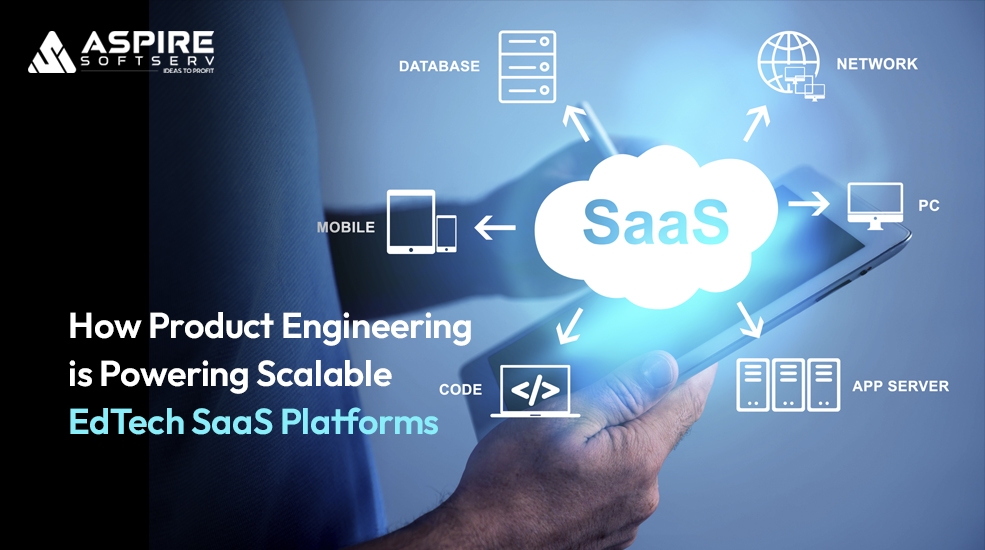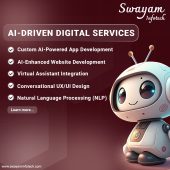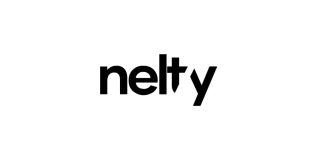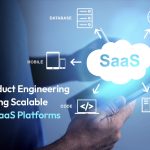A2Bookmarks Belgium Social Bookmarking Website
Découvrez A2Bookmarks, la plateforme de bookmarking social de premier plan en Belgique, conçue pour simplifier votre expérience en ligne. Que vous soyez un chercheur assidu, un blogueur passionné ou simplement quelqu'un qui aime découvrir et partager du contenu web précieux, A2Bookmarks offre un espace unique pour enregistrer, organiser et partager vos liens favoris en toute simplicité. Notre interface conviviale et nos fonctionnalités axées sur la communauté facilitent la gestion de vos signets les plus importants, l'exploration des tags populaires et la connexion avec d'autres personnes partageant vos intérêts. Rejoignez-nous dès aujourd'hui et prenez le contrôle de votre monde numérique avec A2Bookmarks, où le meilleur contenu web de Belgique est à portée de clic.


How Product Engineering is Powering Scalable EdTech SaaS Platforms aspiresoftserv.com
The EdTech revolution in the United States is accelerating rapidly. Hybrid learning models, growing virtual enrollments, and the demand for personalized learning have reshaped the education landscape. K–12 administrators, university CIOs, and EdTech startup founders face complex challenges: scaling platforms for millions of users, delivering real-time learning experiences across devices, maintaining compliance with privacy regulations like FERPA, GDPR, and CCPA, and keeping pace with AI, analytics, and cloud innovations.
Success in this evolving environment requires more than generic software. Product engineering services tailored to digital education help create platforms that are scalable, secure, and ready for future demands.
Understanding the U.S. EdTech Landscape
EdTech platforms serve different needs depending on the audience:
-
K–12 School Districts: Require strong parental controls, COPPA compliance, integration with Student Information Systems (SIS), and support for diverse learning levels. Cost-effective scalability is also critical.
-
Higher Education Institutions: Need tools for research collaboration, advanced analytics, integration with legacy systems, academic integrity solutions, and multi-language support for international students.
-
Professional Upskilling Platforms: Focus on ROI tracking, flexible certification and badging, corporate billing integrations, workforce analytics, and multiple payment models.
The Role of Product Engineering in EdTech
Product engineering goes beyond traditional development. It enables platforms to:
-
Handle massive user surges while ensuring smooth performance
-
Integrate secure data management systems compliant with regulations
-
Build cloud-native architectures with microservices and automated CI/CD pipelines
-
Embed AI for adaptive learning, automated feedback, and data-driven insights
-
Ensure accessibility and responsive design across all devices
-
Implement SaaS monetization through flexible subscriptions and secure payments
These capabilities provide the technical foundation necessary to compete in the modern EdTech market.
Architecting Scalable EdTech SaaS Platforms
Cloud-Native Architecture: Platforms built on AWS, Google Cloud, or Azure gain elasticity and resilience. Serverless architectures enable auto-scaling, multi-region deployment ensures uptime, and CDNs reduce latency for global learners. For example, a student-uploaded video can instantly be processed, indexed, and distributed for real-time classroom access.
Microservices and Agile Development: Breaking platforms into microservices allows individual features—like LMS modules, assessments, video streaming, and user management—to scale independently. CI/CD pipelines and Kubernetes orchestration ensure seamless updates without downtime.
Data Security and Compliance: Protecting sensitive data is essential. Platforms use end-to-end encryption, multi-factor authentication, automated FERPA/CCPA reporting, and role-based access management to secure student and payment data.
AI-Driven Analytics: Real-time analytics and AI help personalize learning, provide instant feedback, and identify students who may need additional support.
Accessibility and Multi-Device Support: Platforms meet WCAG standards and function across desktops, tablets, smartphones, and smart displays.
SaaS Monetization and Payment Systems: Flexible subscription models, usage-based pricing, and secure payments allow platforms to generate revenue efficiently while offering a smooth user experience.
Real-World Implementation Examples
-
Scaling Collaboration for 60,000+ Students: An urban school district successfully launched real-time collaboration tools using microservices and serverless infrastructure.
-
Secure AI-Powered Proctoring: A university implemented an AI-based proctoring system for 8,000 students with encrypted storage and automated detection, ensuring compliance and privacy.
-
Upskilling Platform Revenue Optimization: A startup reduced subscriber drop-offs with modular billing systems, usage analytics, and adaptive upselling strategies.
Best Practices for Scalable EdTech Platforms
Successful platforms incorporate:
-
Cloud-native modularization with standardized APIs
-
Security-first development with continuous compliance validation
-
Accessibility and multi-language support as standard
-
Performance optimization with predictive scaling and intelligent caching
Advanced platforms also integrate APIs with SIS, LMS, content providers, and analytics dashboards. Enterprise-grade security includes zero-trust architecture, behavioral biometrics, and automated threat detection.
Strategic Outcomes and Future-Ready Platforms
Product engineering delivers measurable results: improved uptime, increased engagement, faster feature releases, reduced compliance costs, and optimized monetization. Future-ready platforms can integrate AR/VR classrooms, blockchain credentialing, AI tutors, and IoT-enabled smart environments.
For EdTech leaders, investing in product engineering isn’t just about technology it’s about leading innovation, scaling effectively, and providing high-quality learning experiences for millions of students. Choosing the right technical partner can transform vision into market-leading reality.
Conclusion
The future of EdTech belongs to organizations that combine innovation with strategic product engineering. Scalable, secure, and intelligent platforms are no longer optional they are essential for delivering high-quality learning experiences, meeting regulatory requirements, and staying ahead in a competitive landscape. By leveraging cloud-native architectures, microservices, AI-driven analytics, and robust security measures, education providers can ensure their platforms handle growth, engagement, and evolving user expectations seamlessly.
Investing in specialized product engineering services empowers schools, universities, and EdTech startups to not only address today’s challenges but also prepare for tomorrow’s opportunities. Whether scaling K–12 systems, building advanced research tools, or optimizing corporate upskilling platforms, the right engineering partnership transforms ambitious ideas into market-leading solutions. In the rapidly evolving world of digital education, choosing to prioritize product engineering is choosing to lead shaping the way millions of learners experience education in the United States and beyond.
















